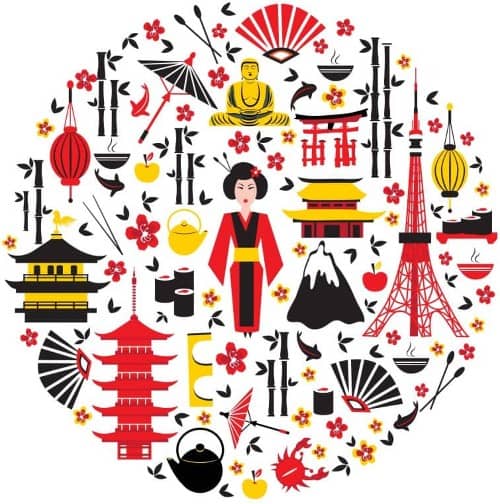10 East and Southeast Asian Languages – A Definitive List
|
Font size:
Two out of the ten most popular languages in the world derive from East Asia. Chinese and Japanese are officially the most spoken languages worldwide, each standing at first and ninth place, respectively. However, East and Southeast Asian languages go far beyond just Chinese and Japanese – Malay, Burmese, and Thai are just a few of the additional common languages spoken in these regions.
After listing the most popular African languages in our previous blog post, we’ve taken the time to unravel Asian languages, too. So, from Indonesian to Korean, we present to you a definitive list of East and Southeast Asian languages and their interesting facts…
Mandarin (Chinese)
Mandarin is the official language of China. Titled the most natively spoken language in the world, Mandarin is said to have almost a billion speakers worldwide. It is also listed as one of the most recommended languages to translate your website into. Taught in all schools nationwide, Mandarin is based on a Beijing dialect and its words are generally recognized with their “儿 (ér)” sound at the end. Other forms of Chinese used across China include Cantonese, Hokkien, Wu, Gan, Xiang, Min, and Hakka. Chinese characters are called “logograms”. There are over 100,000 of these characters and each one represents a word or phrase. Additionally, Chinese has four tones along with a neutral tone with each one used to differentiate words.
Malay
Indonesian
Burmese
Thai
Japanese
Vietnamese
Korean
Filipino
Mongolian
Fun Fact? Although it has a totally different alphabet, Mongolian is actually like Japanese and Korean in terms of grammar and sentence structures. It is said to have more vowels compared to other popular languages in the world.












